This article is reprinted from the public account “Bringing Science Home” (ID: steamforkids)
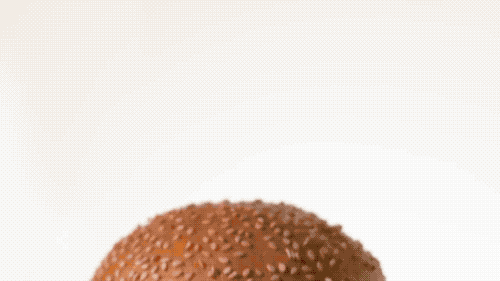
Author: Meitu Jun
Is the delicious food flying in advertisements real or just computer graphics? Today, we will answer this question for you.
Steve Giralt is a well-known advertising photographer who has shot advertisements for many famous brands such as Cadillac, Kroger, Heinz, and Hershey’s Chocolate. In these advertisements, you can see flying food and flowing liquids. However, these are not created by computers. Let’s take a look at the behind-the-scenes secrets of food advertising brought to us by Giralt.
First, let’s look at how the flying effects of ketchup and mustard in the hamburger advertisement were achieved.
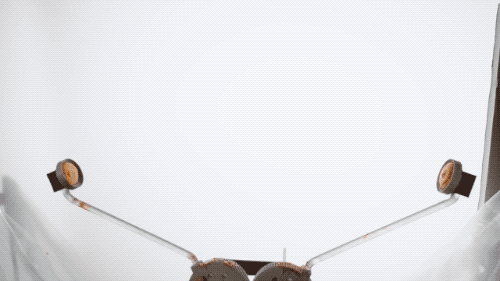
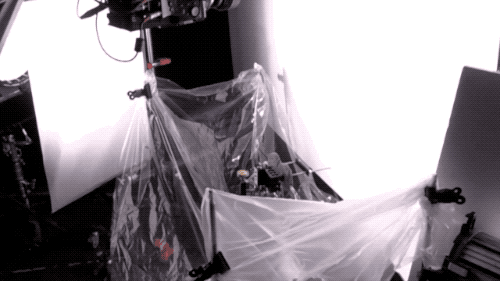
Giralt created two launchers using 3D printing, allowing the two sauces to collide in mid-air in front of the camera lens.
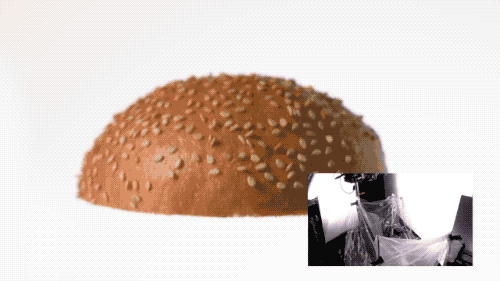
This is a real shot from the filming site. Giralt said that timing is key during filming.
Next is the shooting process of the meat patty and vegetables inside the hamburger.

Giralt said this part is the most complex. On one hand, these ingredients need to fly vigorously, and on the other hand, the camera must closely follow their movements.
Giralt created a machine that uses rubber bands to lift the ingredients, while a knife cuts the rubber bands at high speed, allowing all the ingredients to be thrown into the air simultaneously.
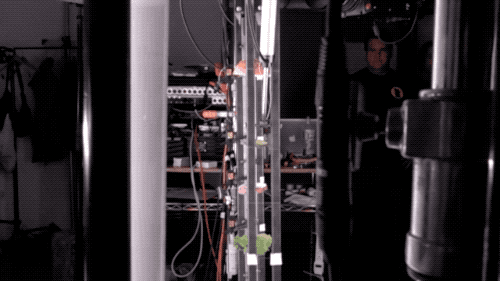
Giralt recalled that the machine worked well, so this shot was only filmed about 3-4 times, and all the ingredients were neatly stacked together.
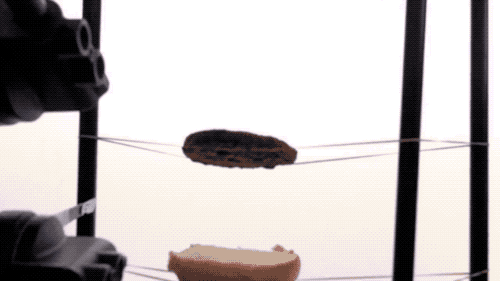
This is an image from the filming site, and you can see that the process is so fast that the human eye cannot catch it clearly.
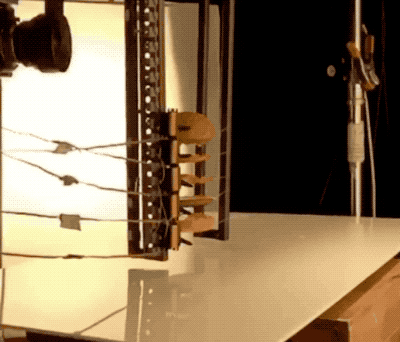
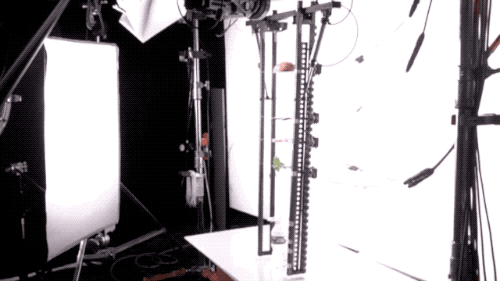
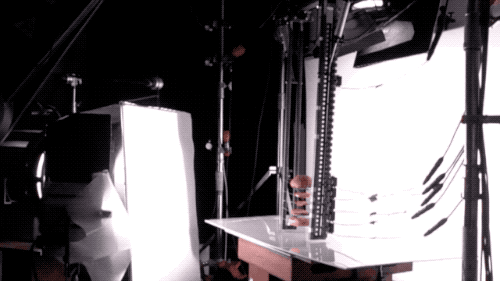
Comparison of the advertisement effect and the on-site shooting—

This useful shooting machine was completely designed and built by Giralt. He first conceived how to make the ingredients look good, and then designed it using a 3D modeling program called Sketchup.
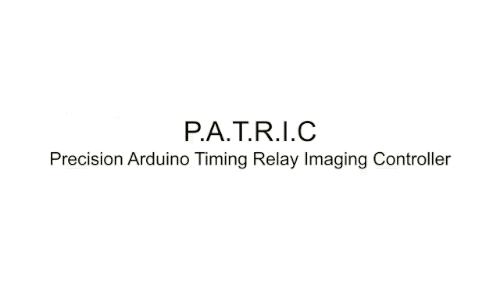
When shooting flying food, controlling the timing is crucial, so Giralt adopted the P.A.T.R.I.C. (Precision Arduino Timing Relay Imaging Controller) system. P.A.T.R.I.C. is the core of the entire shooting toolset, capable of tracking the subject with millisecond (one-thousandth of a second) precision.
The main body of P.A.T.R.I.C. is an Arduino controller, which kids who play with robots should be familiar with; it is an open-source platform. Giralt installed many components on it, such as motors.
Giralt‘s other capable assistant during the shooting process is this robot. He said that without this robot, it would be impossible to achieve those effects. Giralt used a high-speed motion control robot, which, once set up, can repeatedly perform very precise movements. With it, the camera can accurately track the movement of the ingredients without missing any mouth-watering angles.
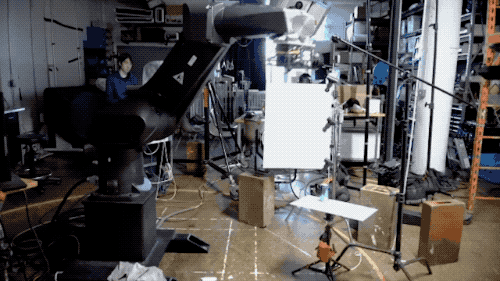
In this experiment, you can see how fast this robot’s shooting speed is, reaching 938 frames per second.
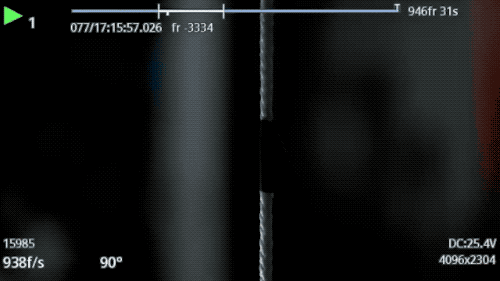
No comparison, no harm. Before these high-tech advancements, food advertisements could be said to have “cheap effects,” and even big companies were no exception.
Let’s take a look at this 70-year-old McDonald’s Big Mac advertisement. The texture of the ingredients relied mostly on words. The ingredients did not fly into the frame but were manually stacked.

Complete video version—
This type of advertisement is basically composed of static shots taken with a wide-angle lens. At most, they might add a80-year-old Shaw Brothers film technique of a one-second close-up of a person’s head.
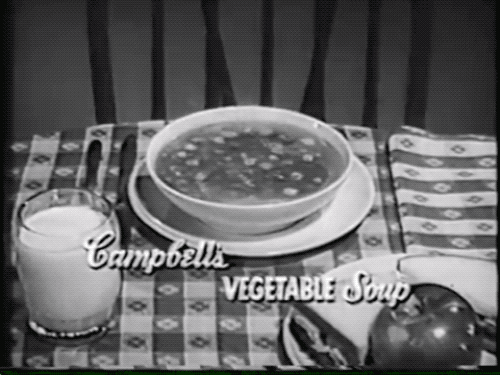
Close-up shot of the 1968 Campbell’s Soup advertisement
After filming, it goes to the post-production stage. Usually, Giralt will perform color correction and add background music. The final product is the kind of advertisement you see on TV that makes you want to give up your diet plan.
But the question arises, with today’s advanced computer technology, where animations can look as real as reality, why go through the trouble of filming real footage?
This relates to a scandal from 1968. Let’s take a look at this1968 Campbell’s Soup advertisement.
This advertisement was later reported because, to make the vegetables appear to float on the surface of the soup, many pebbles were placed in the bowl during filming. The Federal Trade Commission (FTC) discovered this and sued Campbell for misleading consumers. Because of this scandal, the American food industry must use real ingredients in advertisements and cannot falsify. Under such strict conditions, how to shoot mouth-watering advertisements has become a technical challenge.
Until the 70s, someone finally created advertisements that promoted products using dynamic food, and the first to try this style was an advertising director named Elbert Budin.
Elbert Budin’s Burger King advertisement
Budin used military high-speed cameras designed for rocket testing to shoot dancing food, creating effects that static images could not achieve. To capture the fleeting moments of food falling, Budin also, like Giralt, built many machines.
Since then, you could see on television the images of flying fries, lettuce, and patties automatically assembling into a hamburger meal.
Now, professional advertising companies like MacGuffin Films continue Budin‘s filming approach, but their toolbox is now more advanced, using lasers, various sensors, and programmable motors. Even under these circumstances, it still takes several days to shoot a dynamic food advertisement, and the cost of filming a 30-second advertisement can reach hundreds of thousands of dollars.
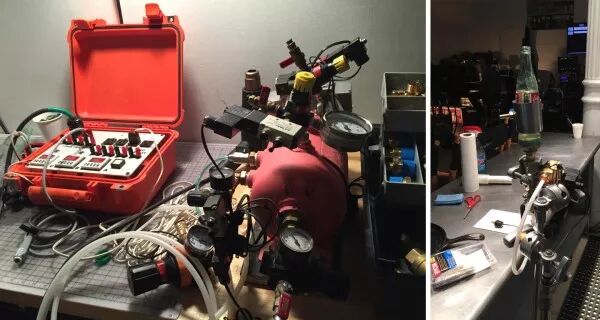
Pressure equipment used by MacGuffin when shooting food advertisements.
@Daniel Lewis
Finally, let’s take a look at the behind-the-scenes process of Giralt shooting other products with his professional homemade equipment.
Falling fries—
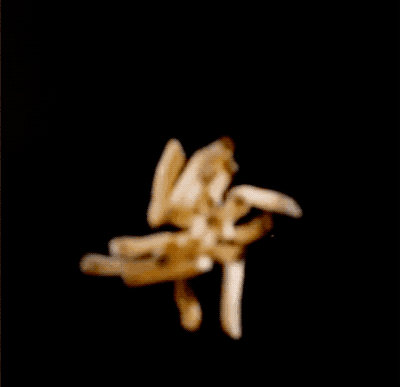
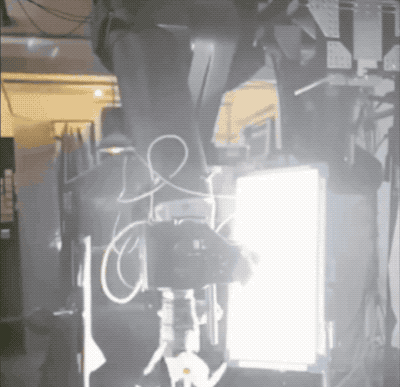
360-degree angle of cola—
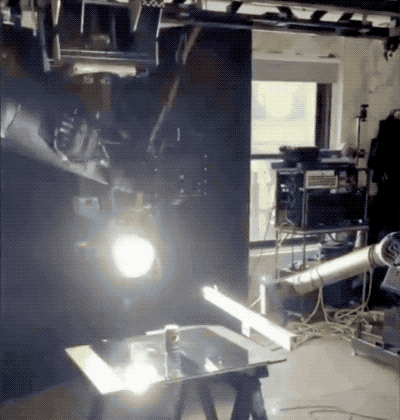
Mom said to clean the table in one second—
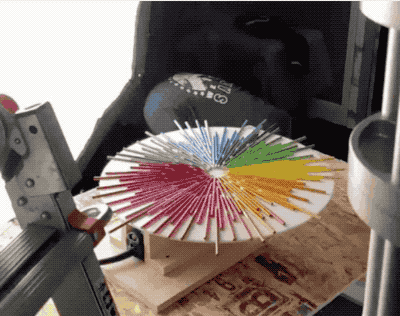
Layered dessert on trial—
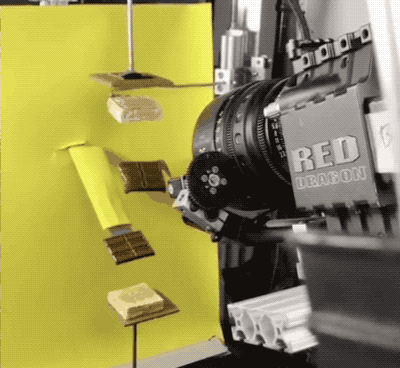
Driving OCD crazy—
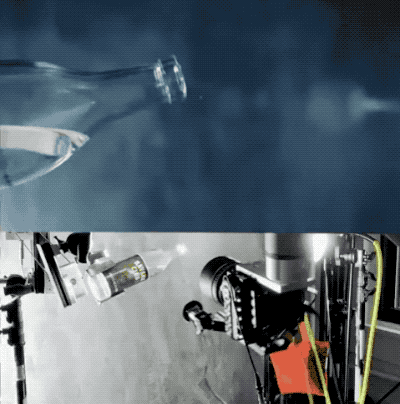
Glistening cocktails—
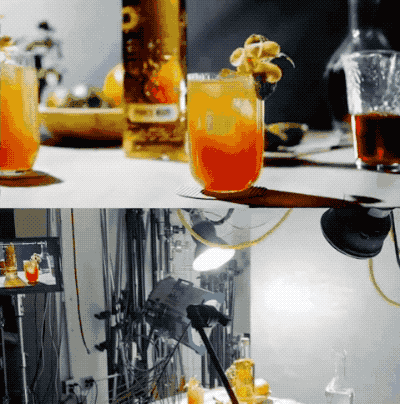
Fruit ninja slicing—

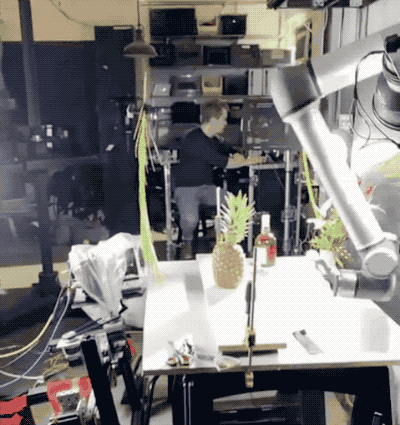
The foolish son of the landlord watching vegetable gladiators—

Squeaky cola—
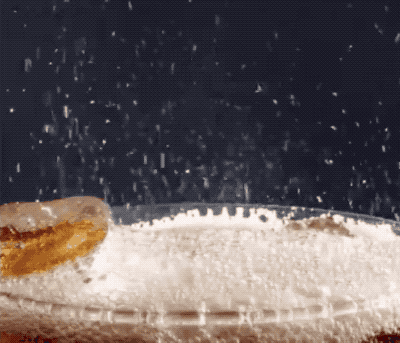
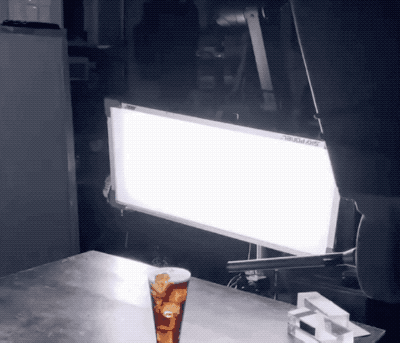
Patty bouncing back after being grilled—
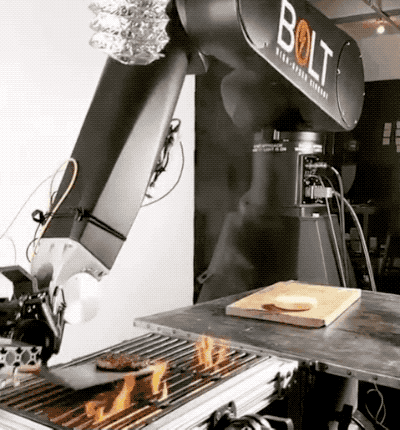
Machine shaking iced milk tea—
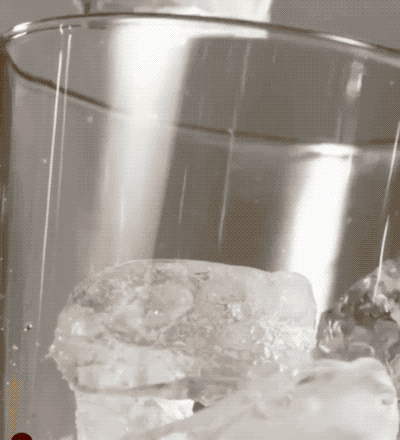
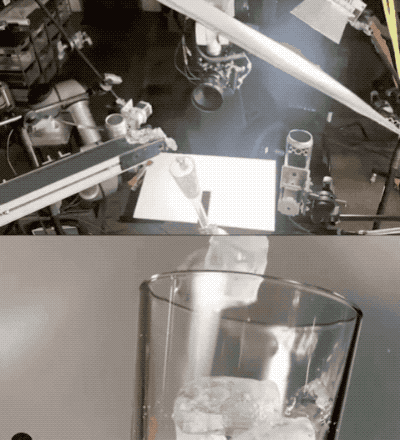
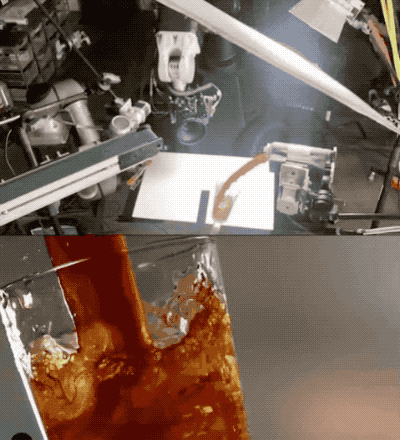
Shampoo falling into the water—
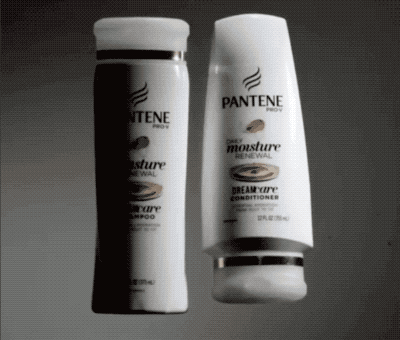
Falling into the perspective of ice and fire—
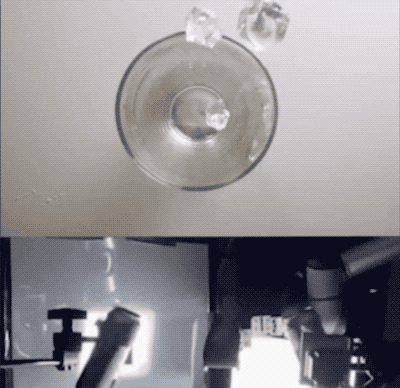
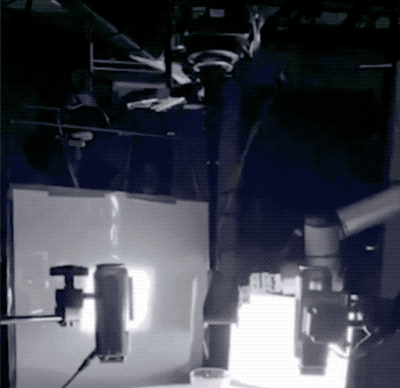
After watching the behind-the-scenes production process of food advertisements, we understand one principle: as long as you slow down the speed, any junk food will look delicious. Next time you think the school cafeteria food is bad, reflect on whether your eating speed is wrong. Remember to eat at 0.1X speed, and you might just achieve a taste like in a blockbuster advertisement!

Image source and reference materials stored in Shimo:
https://shimo.im/docs/S5XR5ASKTgEzmI8e
Source: Bringing Science Home

Editor: Quanta Yuan
Recent Popular Articles Top 10
↓ Click the title to view ↓
1. My home is on the earthquake belt, how about yours?
2. Where is the natural constant e found in nature?
3. Huawei’s 5G technology comes from this mathematical method
4. Why do we run counterclockwise on the track? | No.155
5. What happens when a fly lands on food? Let’s discuss it in detail
6. The Legend of Fairchild
7. A guide for 90s academic paper acknowledgments
8. This is how every Nature paper you read is produced!
9.Hardcore warning: Nine forms of quantum mechanics
10. Why can fingers slide on phone screens, but fingernails cannot? | No.156
Click here to view all past popular articles
